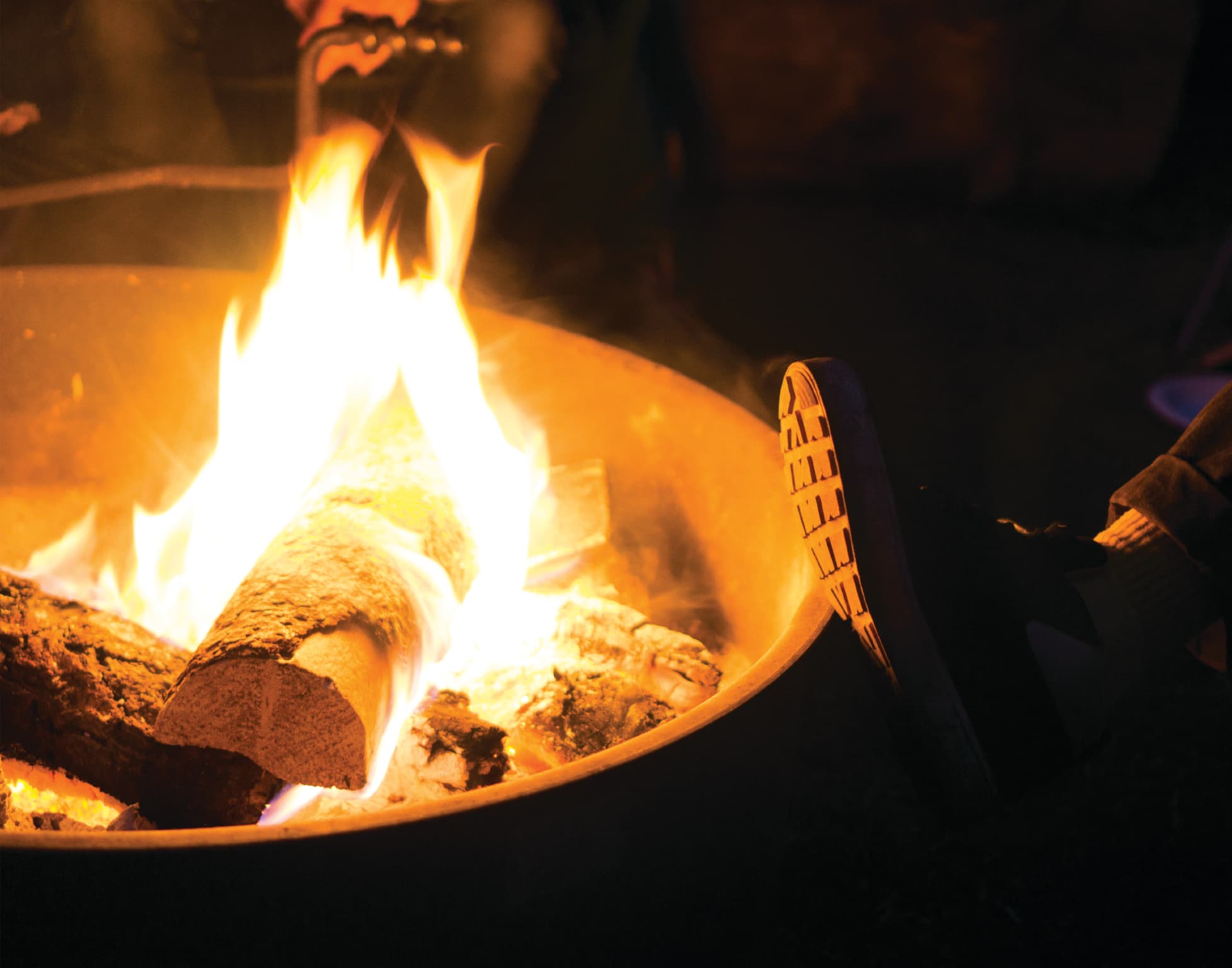How to start a fire without matches
Being able to light a fire without matches is an essential survival skill. If your matches get damp or you lose them, you will need to know how to start a fire so you can get warm and dry. If you are not using a camp stove, having a fire will mean you can cook hot food, too.
Lighting a fire without matches takes skill but there are many ways to do it and having a number of different options to use means you can choose the way that will work best for you and the situation you are in. There are three key ways of making fire: friction, flint and steel, and by using a lens. Each is appropriate for different situations, for example, if there is no sunlight, you cannot use a lens. If everything is wet, you can’t use the friction method.
FLINT AND STEEL
This is an old standby. It’s always a good idea to carry around a good flint and steel set with you on a camping trip. Swedish FireSteel Army model is a good set to use. The best and most reliable fall- back if your matches are too damp to use is a flint and steel, and it is well-worth investing in one to carry with you on any hiking trip should the worst happen. It is also worth practising with your flint and steel before you find you need it when out in the wild. Make sure you have your tinder nest and fire set up and ready for your flame.
LENS-BASES METHODS
If the sun is shining, it’s easy to start a fire using a lens. All you need is some sort of lens in order to focus sunlight on a specific spot. You can use a range of materials to create a lens including a magnifying glass, eyeglasses, or binocular lenses. Adding some water to the lens intensifies the beam and makes the process faster.
The method is very simple: just angle your lens towards the sun so that you focus the beam into as small an area as you can. Put your tinder nest under this spot and wait for the heat to create a flame.
FRICTION-BASED FIRE MAKING
This is probably the most difficult of all the non-match methods for lighting a fire. If you are going to get this right, you need to make sure you have the right type of wood for the fire board and spindle. Basically, you spin a twig in another piece of wood (the fireboard) to produce friction. This friction produces heat then a spark from which you can light a fire.
The best woods to use for this are cottonwood, juniper, aspen, willow, cedar, cypress, and walnut. However, the critical factor is the dryness of the wood. Your spindle and fireboard must both be bone dry. If it isn’t, you’ll need to dry it out first.
- Prepare your fireboard by cutting a groove in a flat, long piece of wood. This groove will be the track along which you rub your spindle.
- Place your tinder nest at the end of the fireboard so that you can plough embers into it when you start rubbing.
- Take the tip of your spindle and place it in the groove of your fireboard. Start rubbing the tip of the spindle up and down the groove fast. Rub as hard as you can until the friction has created an ember.
- Once you have an ember, catch it in the tinder nest and blow on it gently until your ember turns into a flame. Use the tinder nest to get your fire started.





